Description
The study of life itself, A level Biology explores the theories and principles involved in living systems, in all their intricate beauty. Topics you will learn about include: biological molecules, transport systems, evolution, biodiversity, homeostasis, genetics and the environment as well as practical biology and research skills. By the end of the course you will have a deeper understanding of the natural world and how organism function and interact with each other.
You will also gain an understanding of how society makes decisions about scientific issues, as well some of the ways in which the scientific community contributes to the success of the economy and society.
Structure
Module 1 – Practical skills Y12/13 – This unit is taught throughout the two year course. You will complete many practical activities, many of them are required by the exam board and you will formally write these up.
Module 2 – Basic components Y12 – You will study fundamental Biology such as biological molecules, cell membranes and enzymes.
Module 3 – Exchange and Transport Y12 – In this unit you will study material exchange in animals and plants.
Module 4 – Biodiversity, evolution and disease Y12 – This unit covers the theory of evolution, disease and immunity and biodiversity.
Module 5 – Communication, homeostasis and energy Y13 – In this unit you will study the nervous system, hormones and plant communication as well as respiration.
Module 6 – Genetics, evolution and ecosystems Y13 – This unit is a build from unit 4 plus new learning on genetics and genetic engineering.
Course Requirements
Grade 6 in GCSE Combined Science: Trilogy or GCSE Biology. At least Grade 5 in Maths and English is also recommended.
Links to HE
Courses such as medicine, veterinary science or dentistry; others have gone on to study biological sciences, biochemistry, marine biology, biotechnology, pharmacology and forensics. The top universities and employers are looking for a science A level as an indication of analytical skills.

